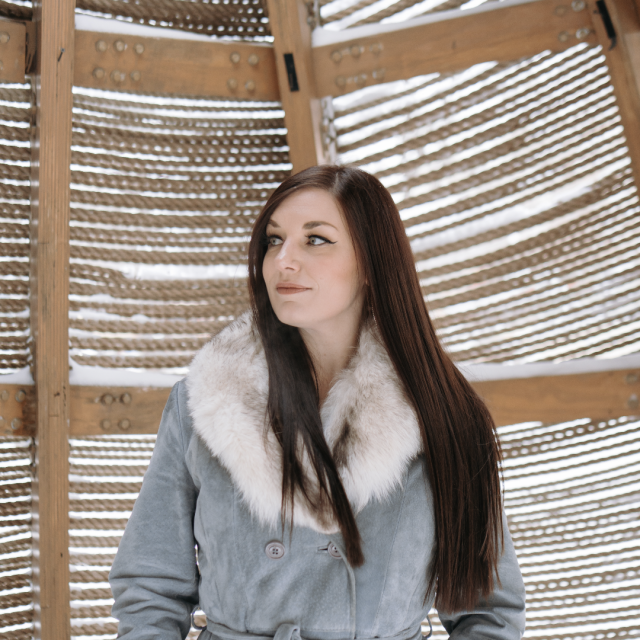December 2015
How to Create an Eye-Catching Media Kit
- by Alyson Shane
One of the easiest ways to set yourself apart from your competition and impress prospective clients and customers is by having a strong media kit.
A media kit is essentially a tszujed-up version of a traditional resume, except without all the boring stuff. Instead of a lame-looking page listing some roles you had at old jobs, a media kit is a way for you to present what your brand is all about. It's designed to share your story, your services, how you help your customers and clients, samples of your work, testimonials, and businesses you've helped succeed or collaborated with.
In this post, I'll walk you through an in-depth explanation of what a media kit is, why you should use one, and how you can create one that helps your brand stand out from the rest.
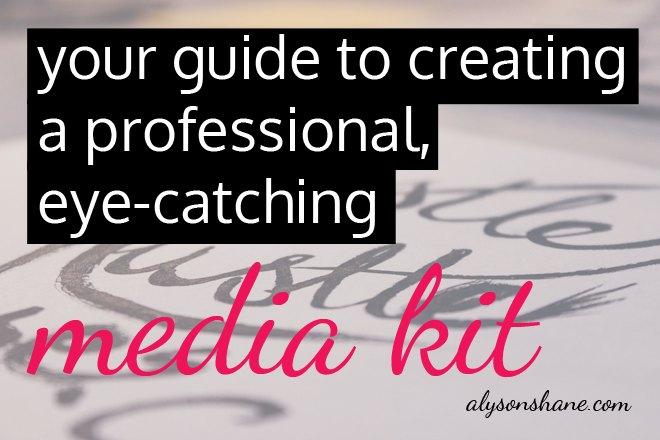
What is a Media Kit?
A media kit is a collection of information about your brand which helps potential customers and clients understand who your brand is, what you do, and what makes you different than your competitors. A media kit can come in variety of flavours, but since I use (and have experience creating) print PDF media kits, this style is the one that I'll focus on in this post.
Basically a PDF media kit looks little a booklet, with a cover page, index (if necessary), and sections breaking dedicated to different topics. The core of your PDF media kit should be a description of your brand and your values, bios of you and your team (if you have a team), your services, and some supporting stuff (testimonials, case studies, etc) that backs up how awesome the rest of your media kit says you are.
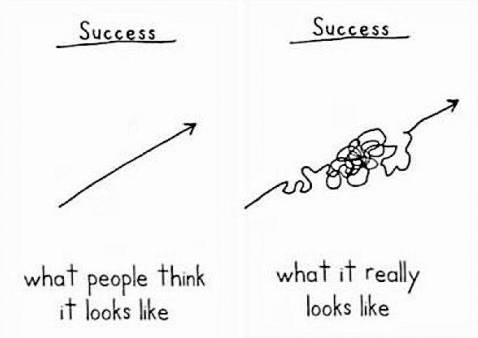
Why Do You Need a Media Kit?
A media kit makes you seem more professional. The fact that you've clearly put the time and effort into producing something which effectively conveys your brand, your values, and what you do shows that you've actually thought this shit out.
The idea of a good media kit is that it introduces your brand better than you can. Unless you're a master speaker who carries a Keynote presentation around in your pocket, a PDF with choice words and eye-catching visuals can easily summarize what you do and give potential clients an overview of your company much easier than you can.
Creating an Eye-Catching Media Kit
How your media kit looks is just as important as what's inside. If your media kit looks like you printed it out at a Staples using the black and white printer on the way to the meeting, nobody's going to take you seriously.
Here are some things to keep in mind to create a concise, clever, and cute (okay, maybe not cute but I like alliterations) media kit which will blow your competition out of the water:
- Avoid blocks of text whenever possible - bullet points are your friend!
- Keep it short. 3-10 pages is ideal for keeping someone's attention.
- Be consistent. Use the same colours, font and branding that's on your website and business cards.
- Don't use more than two fonts. If you can match them to the ones on your website/cards, even better.
- Use images whenever possible; people's eyes start to glaze over and this helps break things up.
- Never misrepresent information or work you've done.
- Update it as necessary. Taking the time to keep it updated shows you're serious about acquiring new business.
What to Include in Your Media Kit
Basically you want to start with the most basic information as possible, and build on it from there to things which get more specific and particular to your industry. Below is a rough outline of the things that you should include, or should consider including, in your media kit.
Remember, these are unique packages which should convey who you are. If any of these things below seem weird, or not like a fit with your business or how you want to present yourself, then feel free to nix them as needed.
1. Who You Are
This section is designed to, obviously, introduce you, your brand, and your team. It should include:
- Your logo and branding.
- An About section. Introduce your brand, how it got started, your primary market, and what motivates you to do the work that you do.
- 'Who I Am' or 'Meet the Team' section with head shots and short bios. Bios can include experience, skills, knowledge, and what each team member contributes, if needed.
- Your target market. Take a moment to describe the kinds of businesses and brands you work with, and in which fields.
2. Your Services
This section is pretty straightforward. List the kinds of services you offer, and provide examples if possible. What's great about this section is that it allows you to define what you want to do, not the other way around. This is how a media kit is different on a resume: on a resume you're basically trying to state a variety of stuff you think people will want to hire you for, whereas a media kit, though intended for the same purpose, doesn't require you to offer up a service you don't want to do, or aren't skilled at doing.
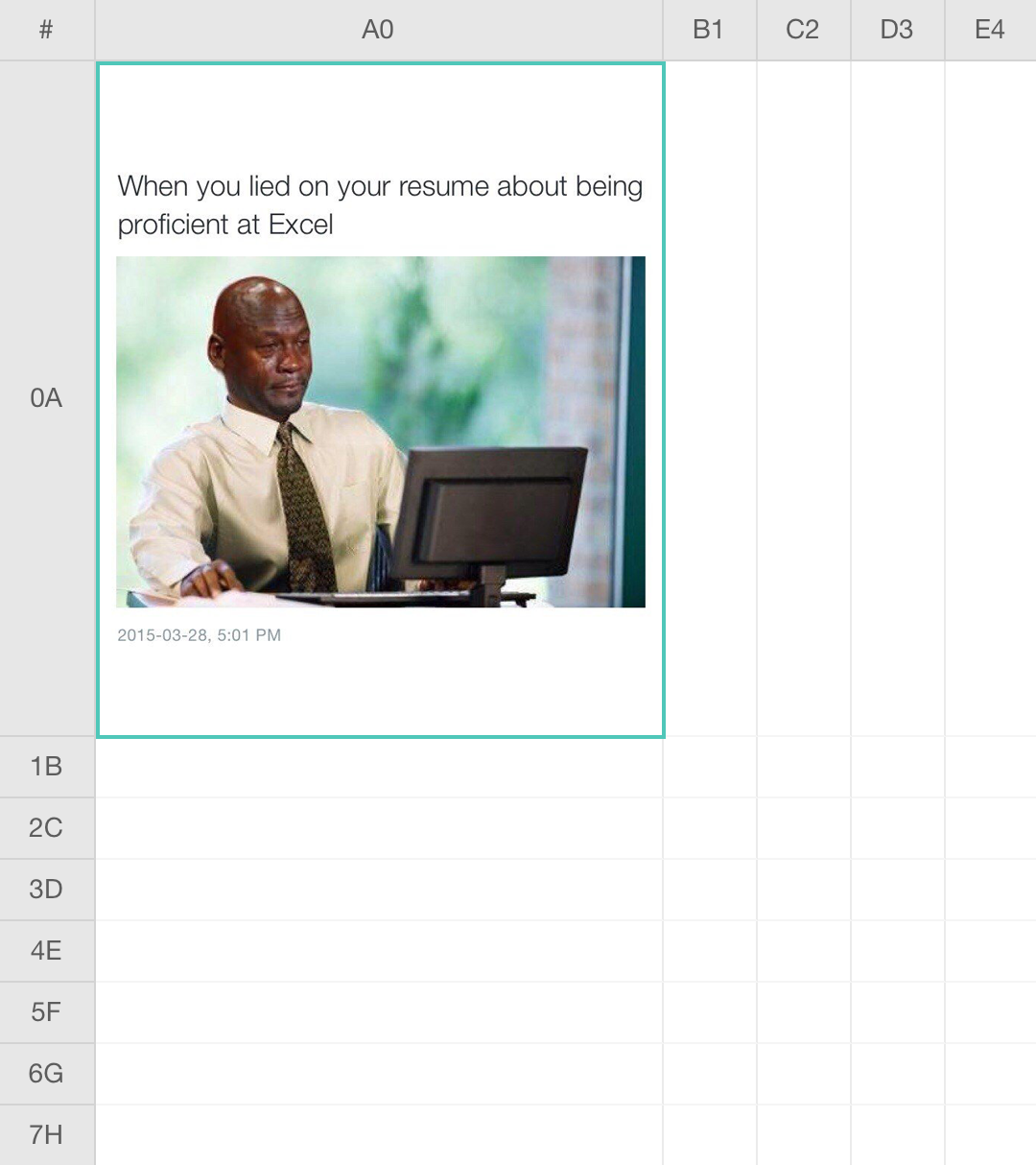
Below is a copy/paste from the Work With Me section on my website. Basically my media kit has a similar iteration to this:
Some Ways That I Can Help You
I'll start by asking questions and help you figure out:
- Who and where are your audience?
- What are their needs and how can you help fulfill them?
- What is your brand message?
- How can we convey this clearly and simply across multiple online platforms?
- Which platforms will help you create a community around your brand?
3. Pricing
This is totally optional.
If your pricing varies from project to project (as mine does) then it may not be advantageous to include a pricing sheet. Personally, because of the amount of setup and customization involved with managing a content strategy across a variety of platforms, I prefer to quote projects on an individual basis.
However, if you're comfortable with sharing your rates from the get-go, or do work which can be easily billed hourly (like graphic design, for example), feel free to include this section in your media kit.
4. Portfolio
If you've been in business for a while, it's often helpful to include other examples of work you've done for past or current clients. This can include case studies, examples of work you've done, or even a list of logos from brands and businesses who have worked with you in the past.
Photographs work wonders in this section, so if you're able to show examples of what you do in screenshots, beautiful images, or in infographs, this is the place to showcase it.

5. Accomplishments
This is also the area where you can share other successes and accomplishments which give your brand more credibility. Some good examples of accomplishments to include are:
- Conferences who have invited you to speak
- Interviews you've done
- Articles published about you
- Websites or sources who have republished, re-shared, or references your work
- Awards you may have received
- etc
6. Testimonials
This goes without saying, but having a strong testimonial's page can go a long way to adding to your credibility. A testimonial from a customer is basically them saying: this person/brand did a good enough job on the work they did you us that I'll put my name behind supporting them in their future endeavours.
7. Policies
This is another area which you can either include, or not. Conventional wisdom (aka a lot of sites I looked at back when I was building my media kit) suggest it, but to be honest I don't prefer to get into stuff like specific policies until a prospective client and I are ready to sign a contract.
This is just personal preference, but bringing legalese and policies in at a very early stage doesn't give me the warm fuzzies about working with someone. I prefer to discuss things first, and then finalize them in the contract before we begin working. Again, this is just personal preference!
Make it Personal
The most important thing about your media kit is you. The whole purpose of this lovely, slightly stress-inducing to create little package is to convey you and your brand in all you glory, so make sure to include a little bit of sass or personality in there somewhere. People want to feel like they're putting their faith (and funds!) in real, down-to-earth professional people, not weird robots who take themselves too seriously.
Media Kit Template Resources
I created a custom media kit for myself using Pages, but if you're not a super-creative type, or the idea of dragging boxes around and aligning text sounds dreadful, check out a few websites offering inexpensive (or free!), trendy AF media kit templates:
- Turner Media Kit Template via HipMediaKits
- Media Kit Template via FoodBloggersCentral
- Media Kit Template via LifeYourWay
- The Minimalist Media Kit via ZaniFest
- The Brand Magnet Media Kit Template
Was this instructional helpful? Let me know me in the comments!
5 Things to Let Go of in 2016
- by Alyson Shane
Okay, I know how cheesy these posts are, but bear with me!
I've had a transformational 2015: I started running my business full-time; I started a second business (more on that soon!); I was awarded a TechFutures Grant; I met so many amazing people and had experiences that the Alyson of 2014 wouldn't have had the guts or ambition to go after.
I also know that there will be tough years ahead, sometime in the nebulous, unknown future, which is why it's important to reflect and consider the things to improve on, and the things to let go of.
With that in mind, I'd like to share my reflections some of this stuff with you guys:
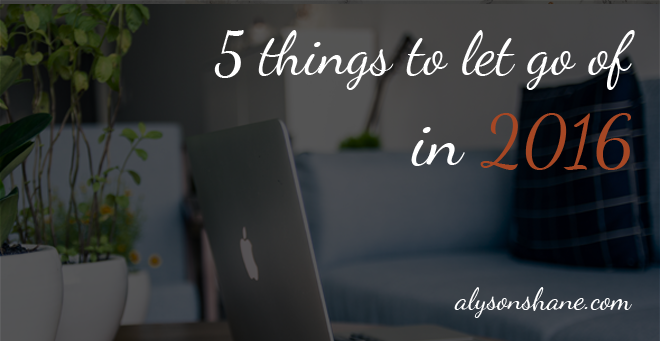
1. Let go of everyone's opinions of your life
There are always going to be people who are going to give you their opinion of how you should be living your life, and that's okay. However, you need to keep in mind that there's no one "right" way to live, and that happiness can mean a variety of things for a variety of people.
Unfortunately this means that you can't please everyone. Your definition of a successful and happy life may be drastically different than someone else's, and they may not be afraid to loudly tell you so. This can get discouraging, and in my experience often leads to self-doubt, and in extreme cases to indecision and stagnation instead of progress. This is because when you spend all your time defending your decisions to other people, you stop focusing on making the best choices.
Ask yourself: what kind of life do you want to have? Do you want a traditional 9-5 with a cute house and a lovely spouse? Do you want to jet set across the globe, live in hostels and take a series of lovers? Maybe you want to do something else - that's okay! What matters is defining what your ideal lifestyle looks like, and then taking steps to achieve it, no matter what anyone else thinks.
2. Let go of your comfort zone
A few weeks ago I spent the day at InnovateMB's Pitch'Day workshop and - full disclosure - initially I did not want to go. Not because I didn't think the workshop wouldn't be super-helpful (and it was!) it's because the idea of having to sit by myself in a room full of my peers and present, discuss, and analyze my business idea scared the living daylights out of me.
However, after a cup of coffee I pretty quickly found a better attitude and wound up learning a ton - way more than if I had held on to my discomfort. Instead, I made a point to actively participate, ask questions from the presenter and engage as much as possible, and I wound up having an excellent time!
Not just that, but pushing myself that way felt good. Even when I got something wrong, or made a mistake, I could let myself off the hook because at least I got over myself (and my fear of being wrong) and made an effort.
This is of course easier than done in a lot of cases, but taking baby steps like asking a question, going out to a meetup where you don't know anyone, or even taking yourself out for lunch can make a huge difference in how you feel about yourself!
3. Let go of 'Zero Days'
I read a great post on Reddit yesterday which discussed being motivated and staying positive, and one of the things they mentioned was not allowing yourself to have 'Zero Days'. A Zero Day, according to /u/ryans01, is "[a] day is when you don't do a single fucking thing towards whatever dream or goal or want or whatever that you got going on."
Look, I hear you: "Alyson, asking me to never take a day off is ridiculous!" Which is true. Good on you for recognizing that over-working yourself is counter-productive!
However, taking baby steps each day towards your goals is a totally within reach! Here are a few examples of things I do so that I don't have Zero Days:
- Write blog posts/sketch out content ideas
- Work on the Crowdfunding Crash Course eBook, Puffin Chat, and other side projects
- Read articles about my industry and the tech sector
- Queue up content for my/client's social feeds
- Go to the gym and work out
- Clean and listen to podcasts (I find a clean house helps me think & focus)
- Draw or doodle in my sketchbook
Notice that all of these things are pretty low-key and don't really seem that taxing, which is the beauty of it. All of these things, if done consistently over time, will help me work towards my goals (being creative, moving my business forward, staying in shape, working on my art, etc) and if I look at them as small things to do each day they feel a lot more manageable.
Full disclosure: I still have zero days. Usually they look like days where we lie around on the couch, order some SkiptheDishes (I'm hooked) and binge-watch a TV show (we just finished Jessica Jones - so good!) but they are few and far between, and are getting further and further apart.
4. Let go of the people who don't add value
This is the one of hardest things.
It's so easy to let people over-stay their welcomes in our lives. Whether it's an old lover who doesn't ignite your heart like they used to, or an old friend who doesn't zhuj up up your days, sometimes we let people who should have parted ways with us stay around too long. Sometimes (too often) we even fight to keep them in our lives because they've become familiar and comfortable.
But it's important to do our best to consistently re-evaluate the people we devote our time and energy to. Like the old adage goes, we are the sum-total the the five people we spend the most time with.
Ask yourself: how do I feel around these people? What do we talk about - are they generally negative, or positive topics? Do these people make me feel small and insecure, or unafraid and bold? These are important questions to ask on a regular basis, and if someone starts to fall into the negative category for too long, it's time to have a chat about it, and potentially move on.
5. Let go of the idea that you can't change things
You can always change. If there's anything that the past few years have taught me, it's that a few small changes, or a little bit of belief in yourself can make a world of difference.
The problem with looking towards the future is that the future feels overwhelming. So instead, try to take baby steps (see Zero Days above) which help you work towards your goals at a pace that feels comfortable. Here's a personal example:
When I was 21 worked a safe government accounting job, but I was unhappy and wanted to go to university. However, quitting my job was scary and I didn't know if it was the right choice. I hummed and hawed for weeks about what my next steps should be. I felt overwhelmed at the transition from full-time employee to full-time student, and how to get started. However, I knew how, deep down: I needed to call Student Central at the university and book an appointment to speak to someone about pursuing the degree I wanted.
It was so easy to find reasons not to call and speak to someone about applying: I went out on my lunch break and there was no time; I felt too busy and overwhelmed from my workday to deal with it; and, most commonly "I just don't feel like it today." One day, though, I picked up the phone and did it. I spoke to someone, got the information that I needed, and after I hung up the phone I distinctly remember saying to myself "wow, that was so much easier than I'd made it out to be."
Spoiler alert: most things are easier than we thought they'd be. It's just a matter of looking at things as small steps towards a larger goal, instead of huge, overwhelming obstacles. Chip away at it slowly and you can move a whole mountain, if you try!
What are you letting go of in 2016? Tell me in the comments!
How to Work From Home & Not Go Crazy
- by Alyson Shane
Last week, after nearly 6 months of working from home, it finally happened: I got lonely. Not just any kind of lonely, though, this was "it's Tuesday and I haven't left the house or talked to the outside world since Sunday" kind of lonely. I started to feel anxious, crazy, and totally disconnected from the outside world.
As someone who has worked in an office for the majority of their adult life, working from home has taken some getting used to. Don't get me wrong, the perks are endless: I can wake up when I want, I can go for lunch or coffee with a colleague and not worry about being back "in time", and I can plan my workdays around when I'm my most productive and not when a boss expects me to be.
However, it does get super lonely. Hanging around the house all day with these two weirdos is awesome, but it's weird how much you begin to miss that water cooler chit-chat, and how much effort actually has to go into making sure you don't drive yourself stir-crazy.
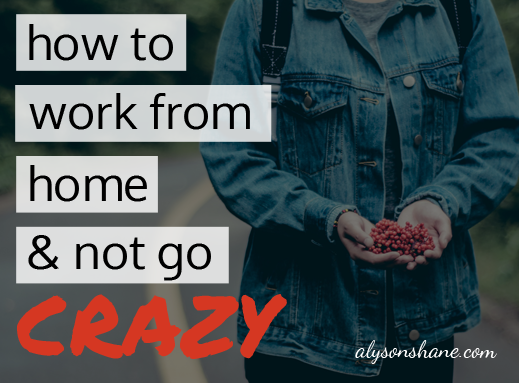
Get Dressed
Getting dressed is the difference between a "lazy Saturday in front of my laptop" and "I'm getting actual work done" mode. it might sound crazy, but stick with me here, there's some important reasons why this is actually a helpful and totally legitimate practice:
Clothes are symbolic, and affect how we feel about ourselves. When you put in the time to make yourself look nice you're more motivated to "get out there" and hustle, whether that means meeting a client, going somewhere, or even talking on the phone. In addition to that, getting dressed helps subconsciously compartmentalize areas of your life that can begin to blend together when you work from home.
Besides the mental difference between hanging out in your PJs and getting dressed, being fully dressed and ready to head out the door means that you can do exactly that - I can pop out to the store, to grab a coffee, or to go sit somewhere and work if I feel like it.
Personal aside: I have "power lipstick" that I put on before an important client call. I know it's silly, but wearing it makes me feel like a bombshell badass à la Meryl Streep in The Devil Wears Prada and definitely makes me feel more powerful and assertive.
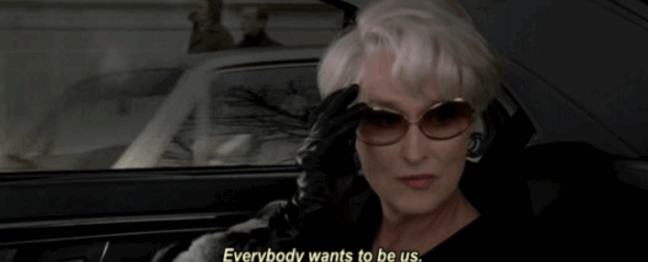
Keep Your Work Area Separate
Disengaging from work mode into relaxing mode is way harder when you do both in the same space.
Currently I do all of my "office" work at my iMac, at a desk, in a computer chair, and try to relegate "downtime" (aka hanging out on social networks, reading for leisure, and writing) to sitting on the couch with my Macbook. Sometimes these lines blur - I'll work on my eBook from the couch, or write a blog post at my desk (like I'm doing now) by and large my 9-5 type work takes place at a separate area than my leisure time.
My guess is that it's a mental thing, but sitting on my super-comfortable couch with my feet up makes me feel less like I'm working... so I work less. I spend way more time slacking off if I try to work from the couch than if I'm art my desk. Additionally, I can "leave work" for the day by putting my iMac to sleep and shutting off my desk lamp - those are symbolic gestures that, for me, signal the end of my workday and a transition to hanging out and relaxing.
Figure Out When You're Most Productive
One of the biggest changes from going to working in an office to working at home is that you don't have to worry about being "on" all the time. What I mean by that is, you don't have to worry about looking busy 24/7 just in case your boss happens to walk by and see your screen. According to a salary.com article from 2014, 89% of employees say they "waste time" at work - whether that's checking their email, hanging out on Facebook, or loitering around the coffee machine; they're not sitting at their desks and being productive.
But what does "productivity" mean? For most employers, it means that you're plugging away at a task and that you're operating at the highest efficiency levels from the moment you arrive to the moment you leave the office. Realtalk: this just isn't the reality, and sitting at your desk and forcing yourself to try and operate at maximum efficiency all day is a surefire way to get next to nothing done.
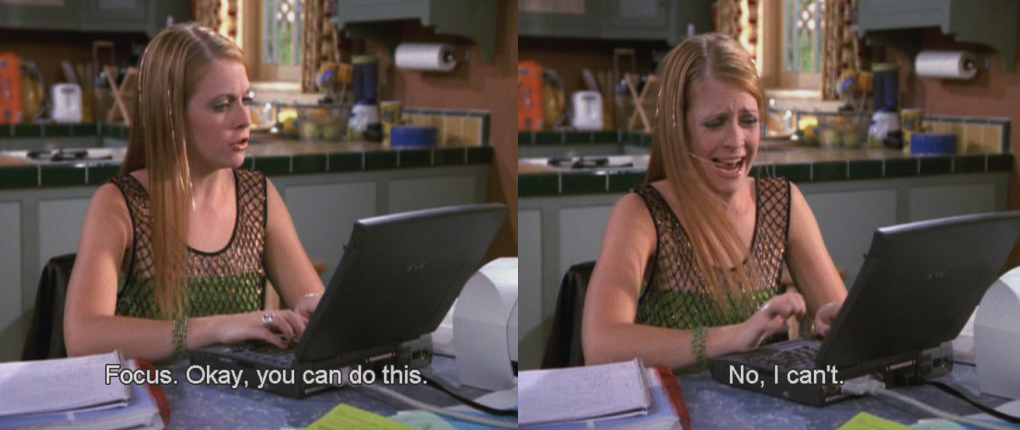
One of the great things about working from home is that you can set your own schedule according to when you're most productive, rather than trying to be productive all day (which rarely happens with any real level of consistency - we all need breaks, after all).
I know that I'm most productive early in the morning (8-11ish) and late in the afternoon (3-6ish), with a lull in-between most days, so I tackle my most pressing and important tasks during those two times - usually I try to handle client stuff in the AM, and do business development stuff (blogging, writing my ebook, etc) in the afternoon. That way I know I can get the most out of my day, and by having a little downtime I can make sure when I'm productive I'm as focused as possible.
Declutter Your Desk
Clutter is the enemy of productivity, and if you have to spend a ton of time searching through papers, looking for a pen that works, or rooting through old notes and files you're distracting yourself from what you should actually be focusing on: being productive.
I'm a bit of a cleanliness nut, so here's how I keep my desk organized and in a state of zen during the week:
- I only use one pen at a time. Actually, I rely pretty heavily on mechanical pencils, but I have a little box that I got from Magic Pony several years ago where all my pens and pencils live.
- Do a paper purge. I try to keep my desk as paper-free as possible, which means rounding up notes, papers, and receipts and putting them away. Additionally, if you want to claim something on a receipt as a business expense take a photo before you put it away. I do this weekly and it saves me so much hassle.
- Purge your desktop. Put unused files or photos in the trash bin and try to keep your computer desktop as clutter-free as possible. I generally only have my notebook, a pencil, and my phone on my desk when I'm working.
Find Reasons to Leave the House
This is a huge one, kids. It's way too easy to wake up, work, hang out, go to sleep, wake up, work, hang out, go to sleep, wake up... you get my drift. Especially during the winter months when sitting outside on the deck isn't an option it can be all too easy to wind up staying inside for days at a time, ordering all your meals in from SkiptheDishes and being glued to the computer screen.
Personally, I combat this by hitting the gym on a regular basis, which gets me out of the house, on the bus, and interacting with other human beings 3-4 times a week. Usually I'll stop by the grocery store on the way home for a little more face time with people aren't my boyfriend or my roommate or his girlfriend.
Don't Work in Bed
This should be self-explanatory, but just in case: don't bring your work into the same place where you sleep and snuggle up with your lover.
Do you have any tips for staying sane while working from home? I'd love to hear them!
